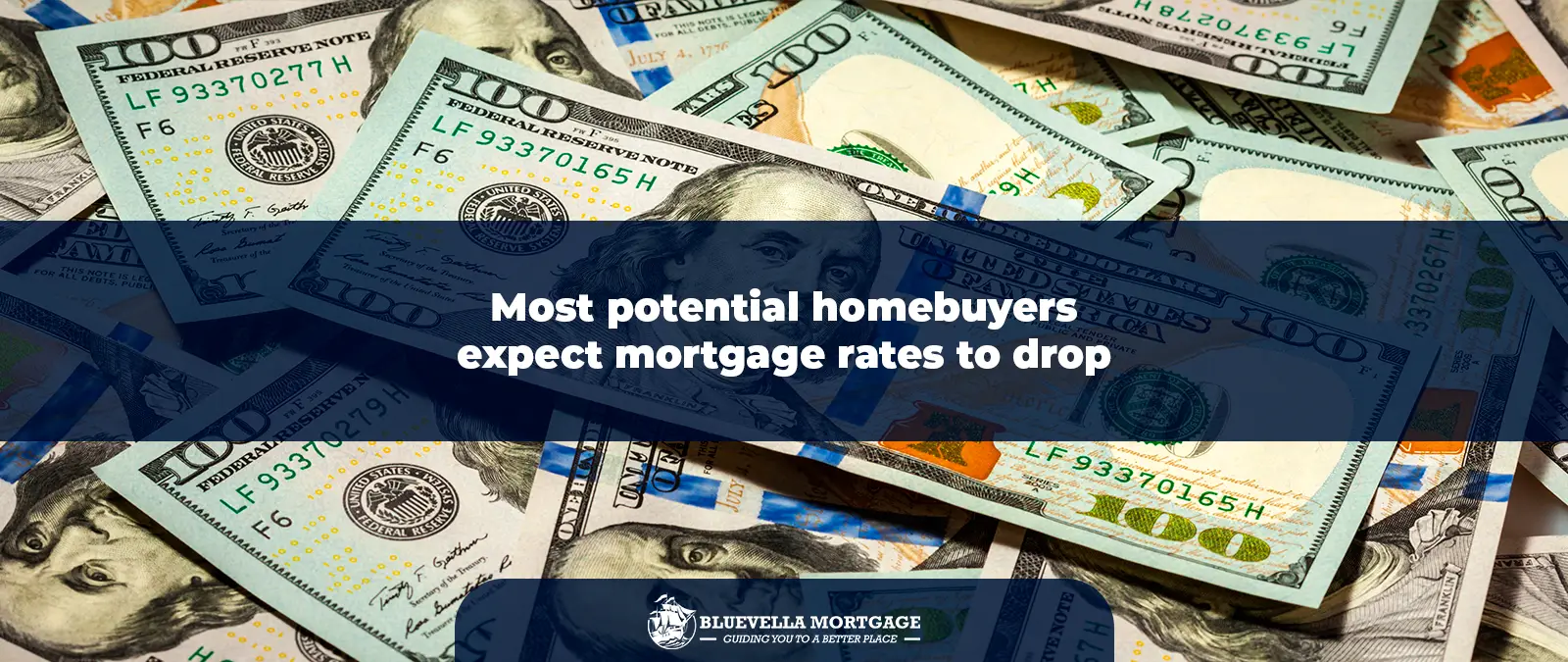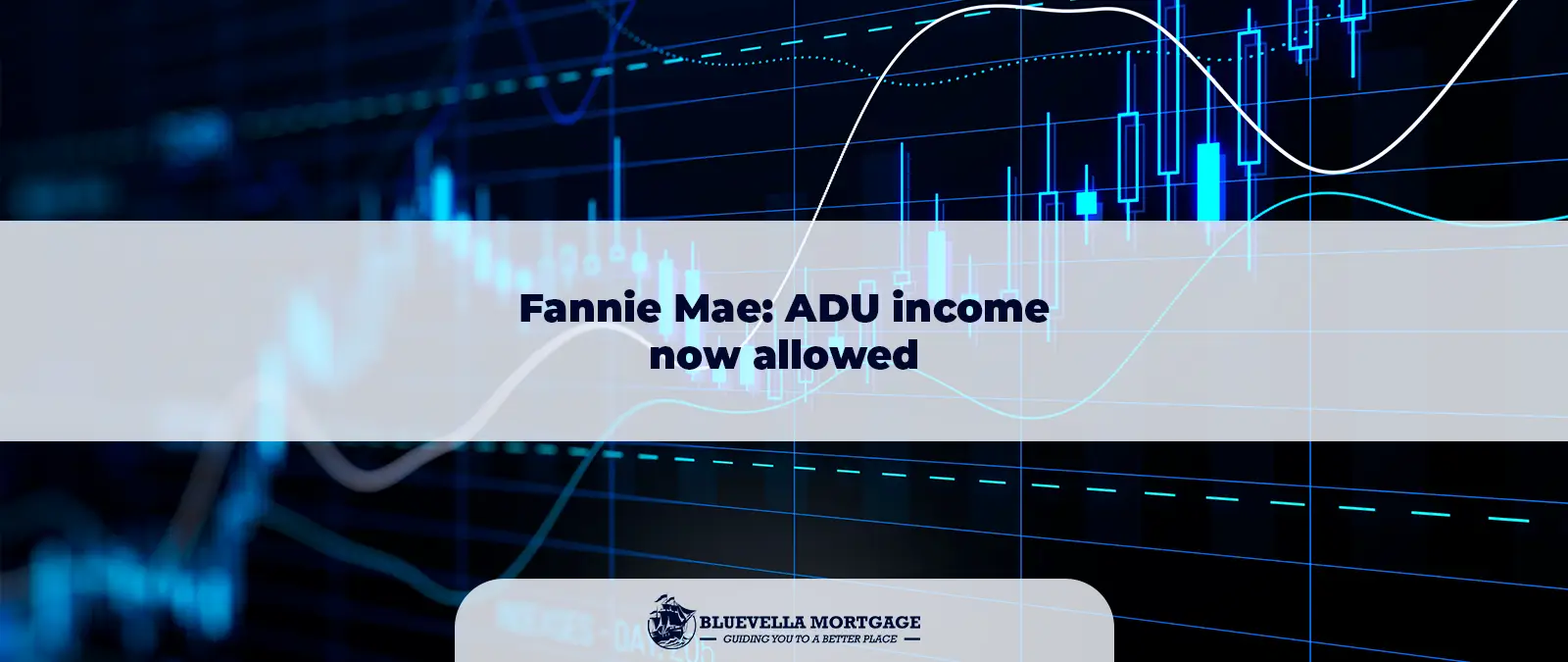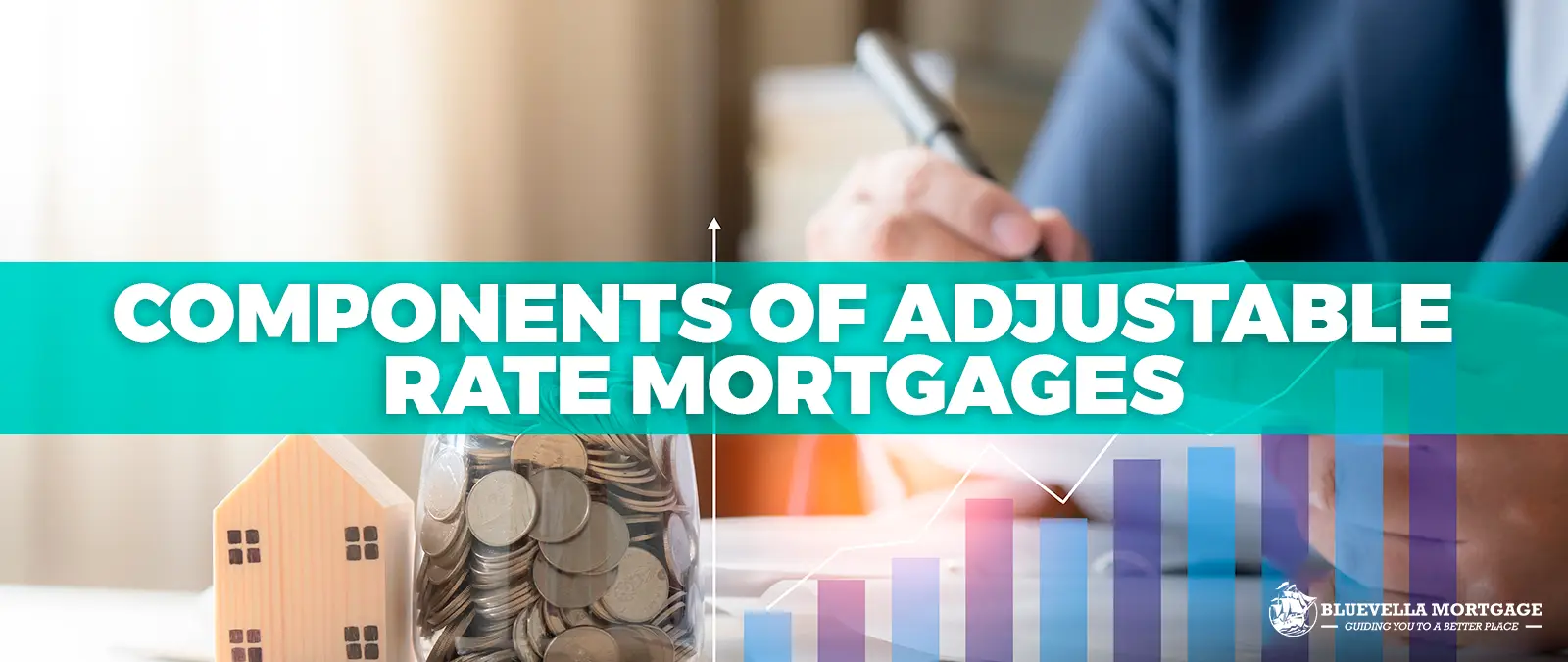Introduction to the Current Housing Market
The housing market has demonstrated significant fluctuations in recent years, particularly in relation to mortgage rates, which have become a critical determinant for potential homebuyers. As of October 2023, mortgage rates have fluctuated considerably, influenced by various economic indicators, including inflation rates, unemployment statistics, and Federal Reserve policies aimed at stabilizing the economy. These factors contribute directly to the overall affordability of homes and thereby shape buyer sentiment.
In recent months, many potential homebuyers have expressed a keen expectation for mortgage rates to decline by October 2025. This anticipation stems from a combination of economic forecasts and analyses suggesting that the Federal Reserve may eventually pivot, thus easing the current tight monetary policy. Homebuyers are looking for indicators that would prompt such a shift, including sustained decreases in inflation and improvements in consumer confidence. The potential easing of mortgage rates is highly anticipated as it could alleviate some of the financial burdens that first-time homebuyers face in an increasingly competitive market.
Additionally, supply chain issues and labor shortages have also impacted the availability of new constructions, further complicating the housing market landscape. Consequently, many buyers are cautious, weighing their options and monitoring economic trends closely. Furthermore, some analysts assert that rising home prices could stabilize or even retract if mortgage rates begin to fall, offering an opportune moment for prospective buyers. Taken together, these dynamics paint a picture of a housing market deeply influenced by macroeconomic factors, compelling potential homebuyers to adjust their strategies accordingly in anticipation of future changes.
Understanding Mortgage Rates: What Affects Them?
Mortgage rates are influenced by a myriad of factors that range from macroeconomic indicators to localized housing market dynamics. Central to this discussion is the role of inflation. When inflation rates rise, the purchasing power of currency decreases, prompting lenders to increase mortgage rates to maintain their profit margins. The relationship between inflation and mortgage rates is direct: higher inflation generally translates to higher mortgage rates, impacting potential homebuyers’ financial decisions.
The Federal Reserve’s monetary policy is another significant contributor to mortgage rate fluctuations. The Fed adjusts interest rates in response to the economic landscape, such as inflation levels and employment rates. When the Fed raises its benchmark rates, borrowing costs for lenders increase, which is typically passed on to consumers through higher mortgage rates. Conversely, when the Fed lowers rates, mortgage rates can also decline, creating opportunities for prospective homebuyers.
Economic growth further influences mortgage rates. A robust economy often leads to increased consumer confidence and demand for housing. When more individuals seek to purchase homes, the demand for mortgage loans rises, potentially pushing rates higher. In contrast, economic downturns may lead to a decrease in demand, resulting in lower mortgage rates as lenders attempt to entice buyers back into the market.
Lastly, housing supply and demand play critical roles in determining mortgage rates. A limited supply of homes often results in competitive bidding among buyers, which can exert upward pressure on prices and, consequently, on mortgage rates. Conversely, an oversupply of homes can lead to lower prices and rates as lenders aim to attract buyers in a less favorable market. All these factors combined illustrate the complex landscape of mortgage rates, shaping the expectations of potential homebuyers regarding future trends in lending costs.
Homebuyer Sentiment: Current Expectation Trends
Recent surveys conducted among potential homebuyers reveal a prevailing optimism regarding anticipated declines in mortgage rates, particularly highlighting expectations for October 2025. Understanding these trends necessitates an examination of both psychological perspectives and financial motivations that are driving this sentiment. Notably, prospective buyers often perceive current mortgage rates as barriers to homeownership, fostering a collective hope for more favorable conditions in the near future.
The prevailing expectation for lower mortgage rates is significantly influenced by the broader economic landscape. Many potential homebuyers are encouraged by signs of economic stabilization, which historically precede rate reductions. Additionally, Federal Reserve signals regarding interest rate policies play a crucial role in shaping consumer confidence. As individuals assess their financial capabilities, they are motivated to purchase a home, yet many remain cautious given current rate levels. This caution gives rise to a sentiment that rates will eventually decline, providing a more accessible entry point into the housing market.
Ultimately, the combination of economic indicators, consumer psychology, and historical context contributes to the prevailing expectation that mortgage rates will drop by October 2025. This collective sentiment underscores the intricate relationship between market conditions and homebuyer motivations, reflecting a significant aspect of the current housing landscape.
Expert Predictions: Analyzing Economic Indicators
As potential homebuyers project a decline in mortgage rates by October 2025, it is essential to consider various economic indicators that influence such forecasts. Experts in the real estate and economics sectors emphasize the interconnectedness of these indicators in shaping the housing market landscape. To gain insights, we examine current trends in inflation, employment rates, and overall housing market conditions.
Inflation remains a significant factor influencing the Federal Reserve’s monetary policy and, consequently, mortgage rates. While inflation levels have shown volatility, the consensus among economists is that moderate inflation may stabilize as supply chain issues resolve and consumer demand adjusts. Should inflation decrease, the Federal Reserve might consider lowering interest rates to stimulate economic growth, which could result in reduced mortgage rates, making homebuying more accessible.
Employment rates also play a crucial role in economic stability and consumer confidence. As businesses gradually recover from recent economic challenges, job growth is expected to continue. Enhanced employment opportunities typically strengthen consumer sentiment, leading to increased demand in the housing market. A robust job market could lead to higher wages, thereby positively impacting the ability of potential buyers to secure mortgages. However, should unemployment rise unexpectedly, this could create downward pressure on homebuyer confidence and demand.
Finally, housing market conditions are another important indicator influencing future mortgage rate expectations. Current trends show a complex interplay between housing supply and demand. A balanced market, characterized by sufficient housing inventory and sustained demand, could mitigate drastic fluctuations in mortgage rates. If homebuilders respond to market demands by increasing construction, this could alleviate price pressures, fostering a favorable environment for prospective buyers.
In summary, while predictions of mortgage rate reductions by October 2025 remain speculative, a careful analysis of these economic indicators suggests potential pathways toward such an outcome, encouraging prospective homebuyers to stay informed.
The Role of Government Policies in Shaping Mortgage Rates
Government policies play a crucial role in determining the fluctuations of mortgage rates, often acting as a stabilizing force within the housing market. One significant aspect of government influence is through monetary policy and its effect on interest rates. Central banks, like the Federal Reserve, set benchmark rates that impact the overall cost of borrowing money. When these rates are adjusted, it can directly lead to changes in mortgage rates, either facilitating or hindering homebuying opportunities.
Additionally, the implementation of strategic stimulus packages can be highly influential. When governments introduce financial incentives or subsidies aimed at bolstering homeownership, they not only help potential buyers with costs but can also lead to a reduction in mortgage rates. These measures can include tax credits or assistance programs specifically designed to make home loans more accessible, particularly for first-time buyers or low-income families.
Regulatory changes imposed by governing bodies may further affect the mortgage landscape. For instance, modifications to existing housing market regulations—including policies that govern lending practices, appraisal procedures, and qualification criteria—can create an environment conducive to lower rates. By ensuring that lenders maintain responsible underwriting practices while providing flexibility in qualification, governments can enhance market accessibility.
Moreover, initiatives aimed at supporting homebuyers, such as the support of affordable housing projects or changes in zoning laws, can influence the supply and demand dynamic inherent in the real estate market. As demand for homes increases due to government-backed programs, this heightened activity could lead to stabilized or lower mortgage rates over time.
Ultimately, the intricate interplay of various government policies continues to shape the mortgage rate landscape, influencing both potential homebuyers’ expectations and their financial decisions in the housing market.
Comparative Analysis: Historical Trends in Mortgage Rates
The trajectory of mortgage rates over the past two decades reveals significant fluctuations that have shaped the current landscape of home financing. Historically, mortgage rates in the early 2000s were relatively low, frequently hovering around the 6-7% mark. The housing market experienced a boom during this period, spurred by accessible credit and a surge in home purchases. However, the 2008 financial crisis marked a profound turning point, leading to an unprecedented decline in mortgage rates. In response to the economic downturn, the Federal Reserve implemented aggressive monetary policies, resulting in rates plummeting to historic lows, sometimes reaching below 3%.
Throughout the ensuing recovery period, mortgage rates began to gradually increase but remained at notably low levels for a protracted time. From 2012 to 2019, rates fluctuated, generally remaining in the 3-4% range as the economy steadied. Notable events, such as the tightening of monetary policy and inflationary pressures, have historically correlated with upward movements in mortgage rates, prompting potential homebuyers to recalibrate their expectations and purchasing strategies.
In 2020, the COVID-19 pandemic had a monumental impact on the economy and interest rates. In a bid to stabilize the market, the Federal Reserve again lowered rates, enabling many buyers to take advantage of lower monthly payments. As a result, during this period, the housing market surged and demand significantly outpaced supply. However, as inflationary trends began to surface in 2021 and into 2022, the Federal Reserve signaled a shift, initiating a series of rate hikes aimed at curtailing inflation. This cyclical nature of mortgage rates, informed by both macroeconomic factors and governmental policies, enhances our understanding of potential future trends and the expectations expressed by today’s homebuyers regarding rates by October 2025.
The Impact of Mortgage Rate Expectations on Homebuying Decisions
Mortgage rate expectations play a significant role in shaping the decisions of potential homebuyers. When individuals anticipate a decline in rates, they may choose to delay their purchases, hoping to secure a more favorable financing option in the future. This behavior is particularly common in a competitive real estate market where borrowers are seeking to maximize their investment. The allure of lower rates can create a waiting game, wherein buyers postpone their home purchase, ultimately influencing overall market dynamics.
However, this strategy of waiting for potentially lower mortgage rates may not always be advantageous. The housing market often reacts to supply and demand forces that can be unpredictable. For instance, while buyers are holding off, inventory may continue to shrink due to rising demand, leading to heightened competition among the remaining available homes. In such scenarios, buyers could find themselves facing increased prices and bidding wars, which may offset any perceived savings from future rate declines.
Furthermore, the market landscape is influenced by various external factors, including economic indicators and policy changes that can affect mortgage rates. Unforeseen events or shifts in consumer behavior could alter the trajectory of interest rates, sometimes resulting in an increase instead of a decrease. Therefore, while anticipating lower rates may seem like a safe bet, it carries inherent risks that could complicate homebuying decisions.
In light of these influences, potential buyers must weigh the benefits and risks of waiting for lower mortgage rates. The decision should not solely hinge on rate anticipation but should also take into account personal circumstances, financial capabilities, and the current dynamics of the housing market. Ultimately, an informed approach considering both current rates and possible future trends is essential for an effective homebuying strategy.
Alternative Financing Options for Homebuyers
As potential changes in mortgage rates become a significant concern for homebuyers, exploring alternative financing options is essential. Traditional fixed-rate mortgages have long been the standard for home financing. However, as buyers anticipate fluctuations in interest rates, options such as adjustable-rate mortgages (ARMs) are gaining popularity. ARMs typically offer lower initial interest rates than their fixed-rate counterparts, which can make homeownership more accessible in a financial climate where buyers are wary of rising costs. However, it’s crucial for buyers to understand the inherent risks associated with ARMs, such as potential rate increases after the initial term, which may lead to higher monthly payments in the future.
Government-backed loans also present a viable alternative for prospective homeowners. Programs such as FHA, VA, and USDA loans are designed to lower the barriers for qualified applicants. For instance, FHA loans require lower down payments and are often more lenient with credit scores, making them appealing for first-time homebuyers. Meanwhile, VA loans offer favorable terms for veterans and active military members, such as no down payment options and competitive interest rates, enhancing the affordability of homeownership.
In addition to these traditional alternatives, innovative financing solutions are emerging in the marketplace. For example, some companies now offer shared equity agreements, where investors provide a portion of the down payment in exchange for a share of the home’s future appreciation. This option can alleviate the financial burden of securing a large down payment while allowing buyers to enter the housing market sooner. Furthermore, rent-to-own schemes are gaining traction as they allow consumers to rent a property with the intention of buying it later, thus locking in a potential purchase price amidst fluctuating market conditions.
In conclusion, as the mortgage landscape evolves, potential homebuyers should actively consider these alternative financing options to enable informed decision-making. Understanding the benefits and risks associated with each choice is essential for navigating the complexities of the real estate market.
Conclusion: Preparing for the Future of Homebuying
As we navigate the evolving landscape of the housing market, the anticipation surrounding mortgage rates is a crucial aspect for potential homebuyers. The expectation that mortgage rates may decline by October 2025 has profound implications for consumer behavior and housing strategies. It is essential for prospective buyers to remain vigilant and informed about ongoing trends in mortgage rates. Keeping a close eye on these fluctuations can empower homebuyers to make educated decisions regarding their purchases.
Monitoring mortgage rate trends not only aids in budgeting but also in determining the optimal time to enter the market. With expectations of a rate drop in the future, many buyers may find themselves in a more favorable position to secure financing. In addition, understanding the relationship between economic indicators and mortgage trends can enhance strategic planning. By being proactive now, potential homebuyers can position themselves advantageously when rates do eventually decrease.
Furthermore, maintaining flexibility in housing strategies is vital. The homebuying journey can often be unpredictable, influenced by various factors such as economic shifts, government policies, and global events. As such, staying prepared to adapt to changing circumstances can lead to better outcomes in the housing market. Utilizing tools and resources available for financial planning, coupled with a keen awareness of market trends, lays the groundwork for informed decision-making.
In summary, an active engagement in monitoring mortgage rates and economic indicators is fundamental for potential homebuyers aiming to navigate the future of homebuying effectively. By being proactive and prepared, buyers can seize opportunities that align with informed expectations, ultimately enhancing their homebuying experience.
Follow us:
Know more about Bluevella Mortgage.




